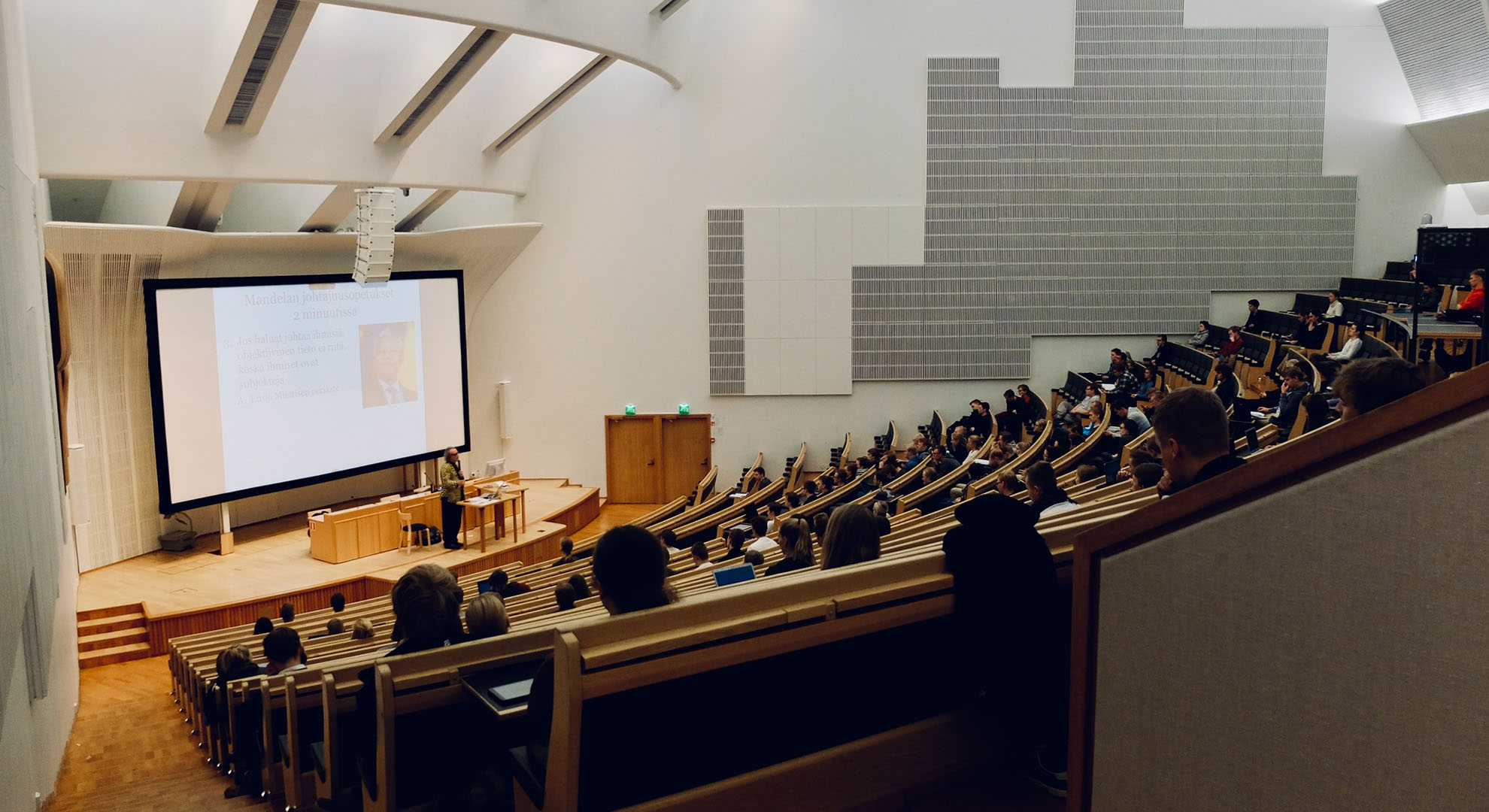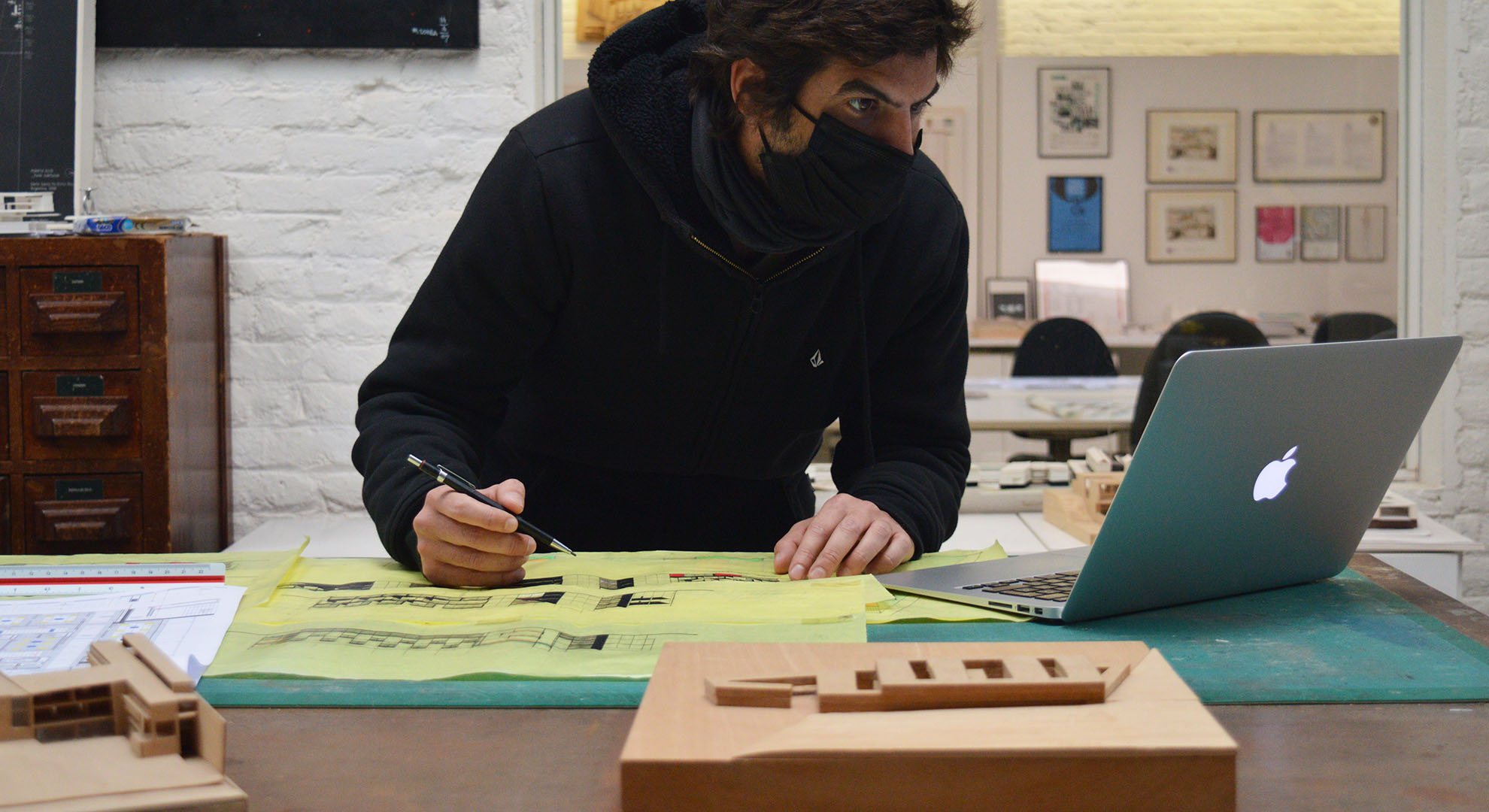Architectural Education
The future is now
Architectural education has been evolving and debated at least since the beginning of the postindustrial era. In the preindustrial world, we had “master builders” who knew how to build the limited typologies of the buildings of their time. However, the industrial and postindustrial eras changed all that. Technology exploded and the early phase of globalization began. New ideas, methods and materials became more available along with an endlessly expanding range of building types. The 20th century gave rise to a host of innovative manifestos and numerous schools of thought were born such as the Bauhaus, with classical modernism leading the charge.
And now add to this our current adventure with ICT, parametric software, AI, IoT, and all other things digital that have been added to our toolbox. Yes, the context has changed. Who we are, what we do, what we have made of limited resources all condition how we must behave but, what architecture has to offer, the range of scales at which it operates, the range of climates it must address, the actualization of culture it must accommodate, all these remain basically the same.
Surely debates and discussions about the future of the profession and hence, architectural education, continue unabated. But now, a number of new and critical topics have been added to our playbook, which include: public health, sane policies towards energy sources and consumption, equity and inclusion, the increasing population, the movement towards a primarily urbanized planet, and water and food security, all under the incontrovertible umbrella of climate change.
So, the future is now. Critical aspects of our evolving education must involve collaboration, interdisciplinary action, new research, attention to public-private partnerships, addressing diversity, leveraging globalization, nourishing passion and love for the profession.

Students in a class, auditorium, Alvar Aalto University, Otaniemi, Finland, 1964, Alvar Aalto. Photo Dom Fou/Unsplash
Expert witnesses
In 2005 I initiated the regional Deans’ Roundtable at the American Institute of Architects New York Chapter. The objective was to have an annual discussion about the evolution of architectural education. Initially, 12 deans came together for moderated discussions that were focused on issues such as the inclusion of non-Western culture in architectural curricula, how to respond to and/or incorporate the emerging digital era and parametrics, the role of traditional vs. progressive curricula, and designing for the 99%. Although there were no women in attendance, 16 years on 50% of the participants are women. Racial diversity has yet to do so well.
Deliberating on this discussion about the future of architectural education I solicited comments from a few of the deans and from a colleague further afield, in Moscow, all of whom were very generous and their thoughts will serve to expand this discussion about our future.
Sarah Whiting, Dean, Graduate School of Design, Harvard University
This past September the Harvard GSD Alumni sponsored a global design summit program titled Design Impact: Transformation at the Intersection of Climate Change, Equity and Health, which brought together an outstanding roster of global leaders to share their work and vision, challenging us as a global community to use design as a tool for actionable, transformative change and healing.
In a further discussion with Dean Whiting she shared her concerns about gender equity and diversity, our systems of teaching and communicating, new technologies and moral compassing. Going forward she believes we need to communicate more effectively with the public, both visually and verbally and we need to be more proactive in practice, with less tech and more attention to life-cycling, as well as be more adept at recycling and reuse.
Eugene Asse, Founder and Dean of MARCH Architecture
This school is one of three new schools in Moscow and founder Eugene Asse explains that it “will be focused on design and will train architects through immersion in the contemporary social, cultural, economic and political context by organizing interdisciplinary projects with professionals from different fields: architects, engineers, sociologists, designers, artists and managers.”
Dean Asse further explains, “Our school's manifesto says: ‘MARCH nurtures sensitive, thinking and responsible architects.’ We are sure that these are the qualities that a modern architect should possess, and they are what are often lacking. We see in them both the ethical and the practical foundations of the profession and consider them key to today's architectural education. In our declaration, the verb ‘nurture’ is also important, which actually determines the direction of education: not so much training as nurturing. The concepts we mentioned refer to human qualities, not skills, and if skills can be trained, then qualities can only be nurtured.”
Robert Shibley, Dean, School of Architecture and Planning, State University of New York at Buffalo (UB)
Dean Shibley shared: “Currently, the architecture profession struggles for relevance in many institutional structures that host or patronize it. Academically, architecture faculties tend to discount or preach to the practices of the very economic and political powers that are severely degrading the planet, delivering poor health outcomes, and exacerbating the issues of equity. In so doing, academics offer important critiques but little of the help needed to transform such practices. Academically, we must bring the interest and patience to address the broad base of constituencies that need to collaborate to make a more equitable and healthy built environment. Some might reasonably argue it is not the architect's job. Many faculty at UB and more globally disagree. We argue that architectural education will contextualize the architect's skills to be intensely local and simultaneously global in the future, making places where people and the ecology thrive. It will collaboratively address the grand challenges, including global urbanization, climate change, species extinction, resilience in the face of climate change, public health, and our aspirations to create cultures of equity and inclusion where our institutions reside, and outward to global sites of inquiry.”

Young architects must be prepared to communicate with the public using both traditional as well as digital tools. Photo © Florencia Militano
Conclusion?
No conclusion is required or necessary for this open-ended discussion. However, integration and interconnectedness are essential to our way forward. The design disciplines—architecture, urban design, landscape architecture, city design, environmental design and urban planning—all need to address crosscutting issues and integrate with the sciences and humanities that they serve.
As Jan Gehl wrote in his essay Close Encounters With Buildings: “What we would like to have is open, versatile, interesting and safe [buildings] and cities. The challenge is how to incorporate [large] buildings in cities where people have the same small stature and slow pace they had hundreds of years ago.”
In preparing this discussion I sought to quantify the number of architectural programs that currently exist and I counted almost 1,500 programs worldwide. How each school contextualizes the future of architectural education would be a good basis for a global seminar.
Main image: ”The Architect,” Georges Reverdy, ca. 1529-57, Metropolitan Museum of Art, The Elisha Whittelsey Collection, The Elisha Whittelsey Fund, 1964. Image via Wikimedia Commons
